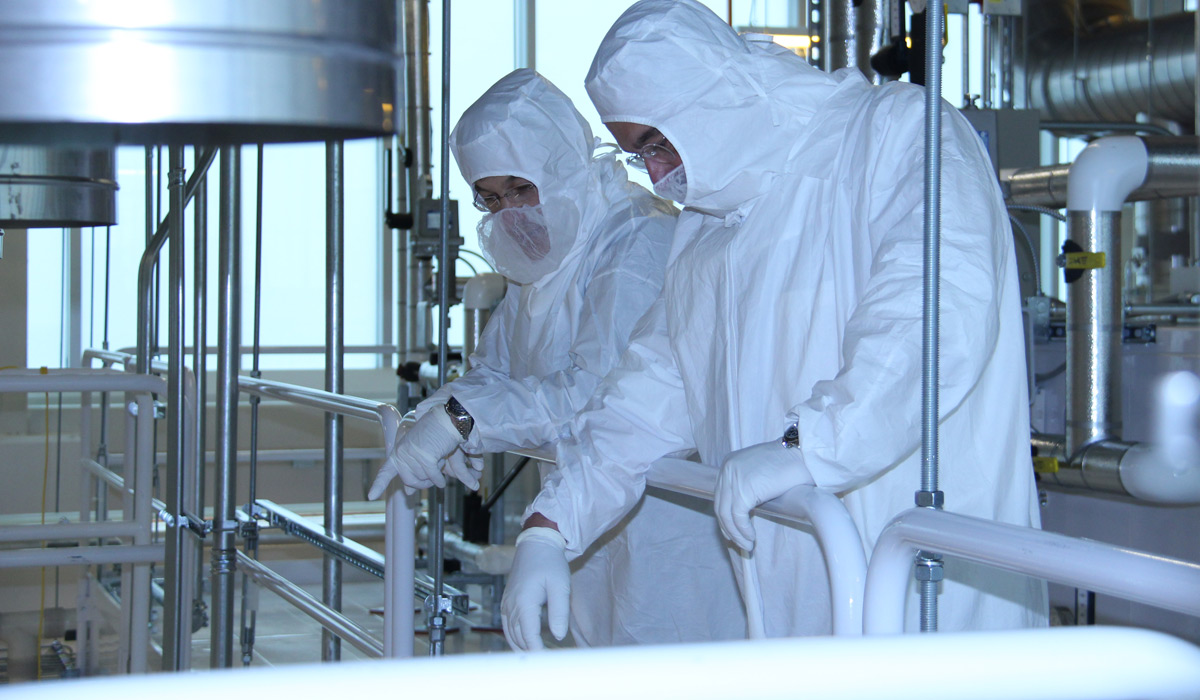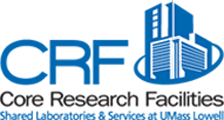Next Generation Sequencing & Genomics Lab: 10 Resources found
| Agilent 4200 TapeStation (DNA) Agilent Technologies The TapeStation system combines an instrument, data processing software, reagents, and ScreenTape devices specifically designed for nucleic acid analysis. It processes samples automatically, requiring only 1-2 μL of sample volume. Analysis time is approximately 1-2 minutes per sample. This instrument is for the analysis of DNA and RNA samples. It is used to quantify, size, and assess the integrity of these biomolecules. The system runs automated electrophoresis, providing precise analytical evaluation.
The 4200 TapeStation system can analyze up to 96 samples with fully automated processing in a single run.
DNA Tape is included in the hourly rate.
| Industry Rates
|
| Agilent 4200 TapeStation (RNA) The TapeStation system combines an instrument, data processing software, reagents, and ScreenTape devices specifically designed for nucleic acid analysis. It processes samples automatically, requiring only 1-2 μL of sample volume. Analysis time is approximately 1-2 minutes per sample. This instrument is for the analysis of DNA and RNA samples. It is used to quantify, size, and assess the integrity of these biomolecules. The system runs automated electrophoresis, providing precise analytical evaluation.
The 4200 TapeStation system can analyze up to 96 samples with fully automated processing in a single run.
RNA Tape is included in the hourly rate.
| Industry Rates
|
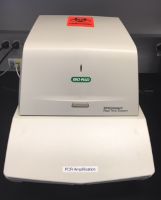 | Bio-Rad CFX Connect Real-Time System Bio-Rad CFX Connect Real-Time (Quantitative) PCR System (Do not reserve separately for NextGen)
The CFX Connect system can be used for running and analyzing large gene expression studies. The system’s unsurpassed thermal performance plus its innovative optical design produce accurate, reliable data, and powerful, yet intuitive software accelerates every step of your real time PCR research. The optimal result could be collected using minimized amount of reagents and sample in very short period of time.
CFX system can determine the concentration of generated DNA sample libraries prior to running them on the Experion 1K DNA chip assay and sequencing on the NextSeq 500. A qPCR validation/quantification will be required prior to sequencing for the accurate quantification of good quality libraries.
The system is optimized for Bio-Rad factory calibrated dyes, but can incorporate reagents from different manufacturers. The CFX manager software allows for quick setup and analysis. | Industry Rates
|
| DNA/RNA Isolation Please contact NGS Lab Manager, Jack Lepine (jack_lepine@uml.edu) for consultation prior to reserving this resource. | Industry Rates
|
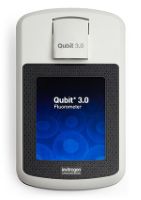 | Fluorometer (Qubit) Thermo Fisher Scientific Qubit 3.0 Do not reserve this instrument separately for NextGen. Rapid quantitation of DNA, RNA, or Protein. | Industry Rates
|
| iSeq 100 Next Generation Sequencer Illumina The iSeq is a next generation sequencing device made by Illumina Inc. It is the smallest instrument in the fleet of Illumina sequencers capable of producing small data sets and is thus reduces the cost per sample compared to a NextSeq500 sequencer for bacterial genome/transcriptome sequencing, targeted sequencing, and viral genome sequencing. It is capable of producing 8M reads per run and can be run in read lengths of:
-1 x 36bp
-1 x 50bp
-1 x 75bp
-2 x 75bp
-2 x 150bp
| Industry Rates
|
| NGS Project Please contact NGS Lab Manager, Jack Lepine (jack_lepine@uml.edu) for consultation prior to reserving this resource. | Industry Rates
|
| NGS Technologist | Industry Rates
|
| NGS-Sequencer Illumina NextSeq500 Sequencing Rates per run. All pricing includes kits and total number of sequencing hours required per run. This instrument is used after DNA or RNA have been converted to NGS libraries at the core.
Sequencing menu
NGS-High Output 300 cycles
NGS-High Output 150 cycles
NGS-High Output 75 cycles
NGS-Mid Output 300 cycles
NGS-High Output 150 cycles
This instrument is used for sequencing DNA or RNA libraries to detect genomic variants in any organism. It can be used to detect single nucleotide polymorphisms (SNPs), insertions and deletions (INDELS), gene duplication events, and chromosomal rearrangements. Additionally, sequencing total RNA, small RNA, or mRNA can reveal information about gene expression levels, presence/absence of gene expression, gene splice variants, gene fusion events, and SNPs. | Industry Rates
|
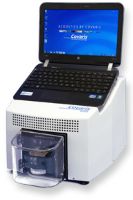 | Ultra-Sonicator Covaris M-220 Fragment DNA to between 150 bp and 5000 bp. for downstream experiments such as molecular cloning or Next Generation Sequencing. | Industry Rates
|
